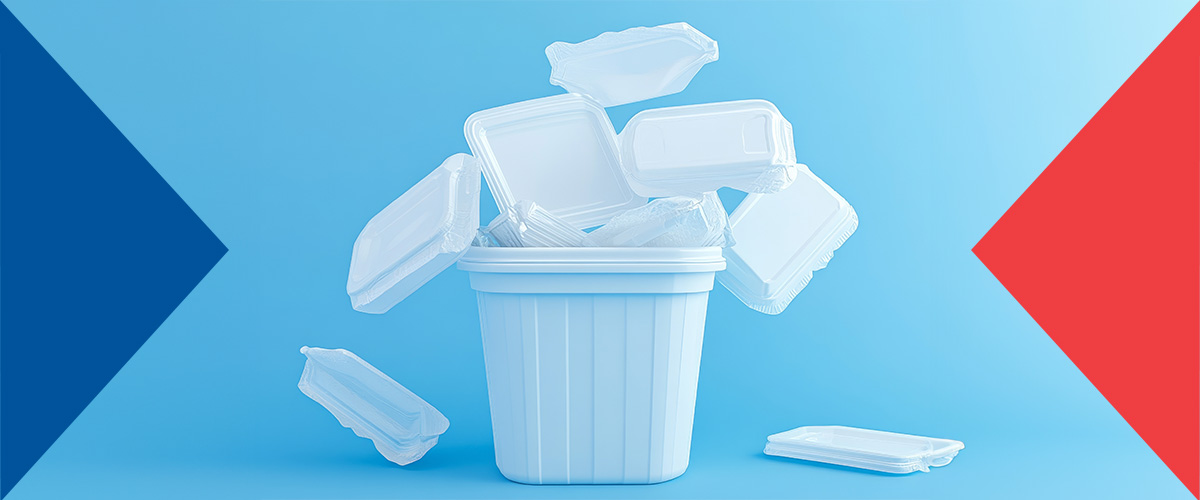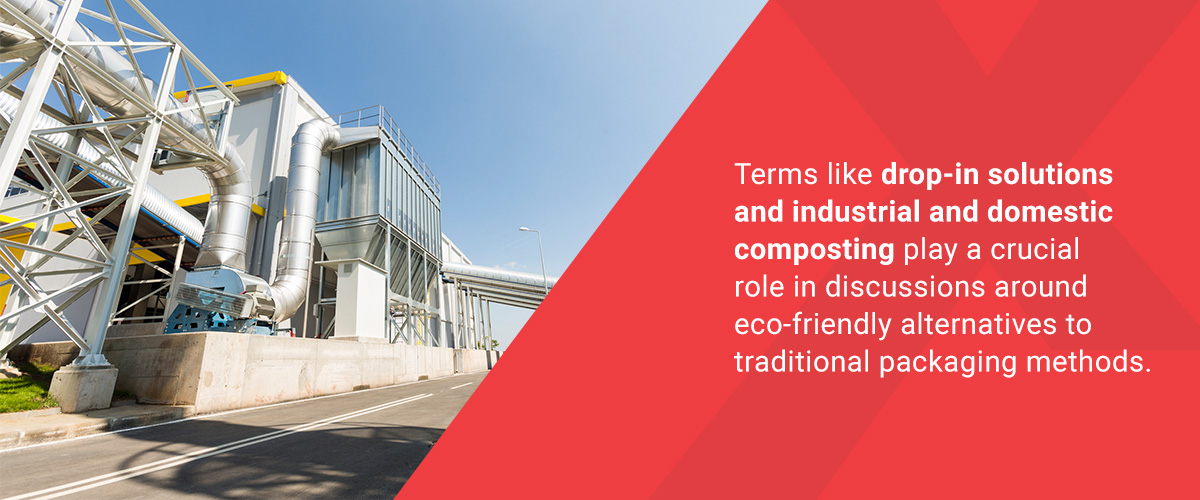
As more single-use plastic bans are implemented and calls for sustainable practices in plastic packaging grow, there is more and more talk of sustainable alternative packaging materials or, as they are coming to be known, ‘bioplastics.’ Understanding what bioplastics are will help stakeholders make informed decisions toward sustainable packaging options.
As a member of the packaging community, Plexpack is dedicated to understanding our role in the shift toward sustainable practices and sustainable materials. We are researching every relevant aspect of these materials and their adoption to build this understanding. We hope to share some of what we learn with the Plexpack community.
The Shift Toward Sustainable Packaging Solutions
Sustainable packaging is defined by the design and use of packaging materials that have a minimal environmental impact throughout their life cycle. The shift toward sustainable packaging is gaining momentum, and various industries are responding. Part of this call for more eco-friendly practices is reducing the reliance on single-use plastics to minimize waste and lower packaging materials' overall environmental impact.
Businesses are turning toward biodegradable and renewable materials like plant-based plastics, paper and cardboard. These alternatives, which are recyclable or compostable, address the end-of-life challenges of traditional packaging. Sustainability also means that many organizations are adopting minimalist packaging designs to reduce material use.
Key Terms in Bioplastics and Sustainable Packaging
Many alternative packaging materials in regular production are biodegradable or compostable. Generally, these alternatives are considered better than conventional plastics because they shouldn’t persist in the environment for the same length of time and shouldn’t add toxic substances to the environment. However, nowadays,
With terms such as 'compostable,’ 'degradable,’ 'bioplastic,’ or 'bio-based’ used nearly everywhere, it can be difficult for most consumers to understand where a product came from and in what waste stream it belongs without extensive research. In Plexpack’s research, we have come across a few key terms that we believe are vital to understanding the world of sustainable packaging — here’s what you should know.
Biodegradable vs. Compostable
Let’s start with the difference between biodegradable and compostable. To many people, these words are interchangeable, and in fact, they refer to the same kind of process.
The terms biodegradable and compostable refer to the same attribute of a material or substance. The key points to be aware of regarding biodegradable and compostable products are the external conditions and the time frame in which biodegradation occurs. Under composting settings—warm, consistent temperatures, high humidity, the right ‘critters’—be it industrial or domestic, a compostable material will break down, by most standards, in about a year.
However, under ‘natural’ conditions — the side of the road or in a landfill — the same compostable material could take decades or longer to biodegrade. In fact, most alternative packaging materials will only biodegrade in a reasonable time frame under composting settings — otherwise, they can persist in the environment for as long as conventional plastics.
Biodegradable
Biodegradability refers to a material's ability to break down into water, carbon, and biomass, such as organic matter, through biological processes.
- Relate to the same attribute of a material or substance
- Under “natural” conditions — the side of the road or in a landfill
- The material could take decades or longer to biodegrade
Compostable
Compostable refers to a material's ability to biodegrade under specific, controlled environmental conditions, generally referring to two composting environments.
- Relate to the same attribute of a material or substance
- Warm, consistent temperatures, high humidity
- The material will break down, by most standards, in about a year
Degradable and Oxo-Degradable
Degradable is a blanket term that refers to breaking down material by any means, including temperature, U.V., physical abrasion, etc. This is important to understand because degradation can have both positive and negative effects. For example, suppose degradation refers to the physical breakup of material into smaller and smaller pieces of that same material.
In that case, you can end up with particles in the environment, like microplastics, which are detrimental to wildlife. Or suppose degradation refers to the chemical breakdown of a material. In cases where the material is partially made up of toxic chemicals or additives, this results in the leaching of toxic chemicals into the environment. So it is crucial to remember that degradation can refer to various actions and effects. A material that exemplifies this distinction and another term that has started to pop up frequently in packaging is oxo-degradable plastics.
Oxo-degradable is a term used to define plastics that have an additive that encourages degradation by oxidation — simply put, by the presence of oxygen.
Note the use of degradation here. This term can be misleading because, while it sounds like a positive attribute of a material, the resulting degradation is not defined. These materials weaken over time more quickly than conventional plastics in the presence of oxygen but often result only in a physical breakdown. The material breaks into smaller pieces that can persist in the environment.
